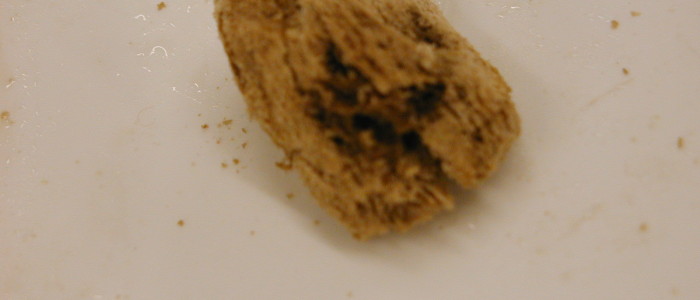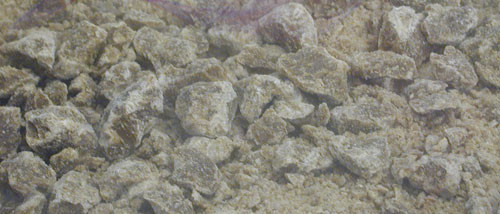The operation of freezing and a product’s thermal history has influences in the moment to moment process in freeze drying. Depending upon the mode of freezing, the performance of the lyophilizer has to match conditions which generate the appropriate conditions required by product formulation and a particular freezing history. There are new ways to freeze product that may help or not help with your freeze drying cycles for new products you are developing. You may also wish to incorporate these new ways of freezing into an existing product by applying for and instituting a process change within the regulatory authority under which your product is registered.
The new ways of freezing are called “controlled nucleation.” This adaptation can take several forms.
Pressurization–>Release
By ordering a special valve and pressure system as licensed by Praxair, with your new freeze dryer. This system incorporates a system that pressurizes the chamber with inert gas during freezing, and upon release of this pressure causes the water vapor inside the chamber to freeze into tiny crystals by adiabatic expansion. These crystals seed each vial with heterogeneous nucleation sites which almost instantly cause ice crystals to radiate downward through the volume of the product in vials. Thus random nucleation and homogeneous nucleation are thwarted thereby causing most of the liquid water in product to freeze. Generally speaking you may also be able to retrofit this system onto your existing SIP pressure vessel freeze dryer if it meets the requirements of adding a really big release valve, and gas inlet and control system to your existing control code. Yes, your system needs to have a code stamp and be capable of being pressurized. This method cannot be installed on most other freeze dryers that are not pressure vessels.
Partial Vacuum Chamber System
By incorporating a method by causing the chamber to be at a pressure higher than exists in your condenser which must have an isolation valve installed between the chamber and condenser. During freezing, at the appropriate cold product temperature, with the condenser very cold, the valve is opened, suddenly causing the cold vapor in the condenser to distribute into the chamber and instantly freeze into tiny nucleation sites, and cause almost instant top down nucleation and radiated freezing down through product in vials. This is another way to enable controlled nucleation. Essentially it allows one to incorporate the controlled nucleation into any freeze dryer having the appropriate valve, and sterilization protocol. For example those freeze dryers sterilized by gaseous agents like chlorine dioxide or hydrogen peroxide or even ETO. Or alternately into your non sterilized pilot development unit which may not need to be sterilized during process development.
Entrained Ice Crystal Transport Type
By incorporating special valving, and a way to pass a mixture of cold sterile nitrogen gas into the chamber during freezing whereupon the cold sterile nitrogen gas causes the moisture in the chamber to freeze into tiny nucleation crystals which accomplish the same thing as in the above examples. Cold sterile nitrogen gas is not easy to generate. Unfiltered liquid nitrogen may have many non sterile impurities and it must be specially produced to be free of these potential contaminants, no mean task, for sure. Filters typically do not operate well at -196 degC. So, very special technology needs to be incorporated into the freeze drying system by your chosen lyo supplier.
Process Envelope
As little as a 15 minute inappropriate shelf temperature excursion, or pressure excursion in an inappropriate way, may cause the product to lose efficacy, solubility and other traits or perhaps change the product in ways not considered by release criteria. A thorough understanding of heterogeneous and homogeneous nucleation, the synergistic effect that various solvents, impurities, cryo-protective additives, reconstitution additives, buffers, and position of the product inside the chamber during freezing, all work to produce these profound influences. It is the engineers task to carefully analyze and design the process envelope needed to produce a robust cycle, and consistent end product; batch after batch. Once nailed down, the process of freezing and freeze drying within the process envelope, can be repeated with powerful, positive, and acceptable results.
Applewood Scientific supplies assistance and analysis of your team’s chosen freezing regime, in association with known eutectic product behavior. We can work with your team to ensure the desired freezing effect or help your team develop the skills, find the appropriate equipment, suggest engineering changes to enhance freezing or locate service providers so that your team has the resources.









